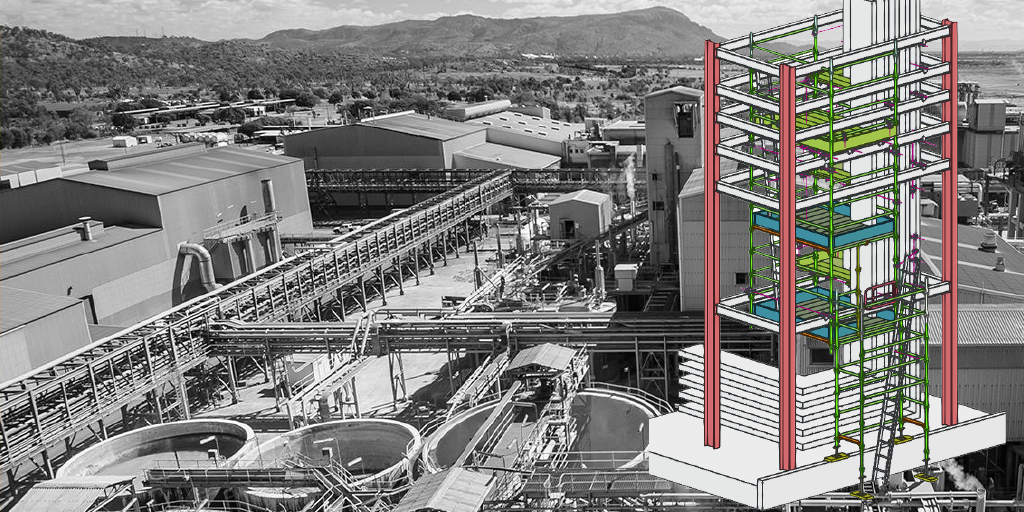Behind the Scenes of Scaffold Design: Insights from an Expert
10 October 2024 | 2 minute read
Scaffold design is a crucial part of many modern construction projects, particularly when dealing with complex sites like underground stations or high-altitude areas. In this blog, Claude P, Design Draftsman at APS Industrial Services shares his insights on a recent project.
A Challenging Project: Designing for the Metro Tunnel
APS was engaged to design scaffolding for access to the skylight area in a new underground station at Arden Street as part of the Metro Tunnel project. The challenge was to build scaffolding in a station located approximately 20 to 30 metres underground, ensuring access for contractors while also dealing with site constraints like existing balustrades and working around ongoing train testing.
The team employed a combination of layher scaffolding and flex beams to create a structure that looked, as Claude joked, “like something out of Star Wars.” The design allowed workers to access the top levels from a mid-platform level because building directly from the ground wasn't possible.
The Role of the Scaffold Designer
Scaffold design is more than just creating a structure—it’s about ensuring safety, functionality, and ease of construction. As Claude explained, his role involves close collaboration with site supervisors and scaffolders. Typically, he starts by requesting drawings and markups, but as the project progresses, real-time adjustments are often needed to accommodate site conditions. This might mean making changes to the scaffold design, adding braces or ties, or adapting to unforeseen issues on-site.
While Claude receives a fair amount of freedom in terms of design, his work is guided by the practical input from scaffold supervisors. After all, they’re the ones who have hands-on experience on the tools. This back-and-forth collaboration ensures that the designs are functional and implementable while staying compliant with engineering requirements.
The Evolution of Scaffold Design
One of the more interesting points that Claude brought up was the evolution of the scaffolding industry itself. Ten years ago, scaffold designs were rarely needed. Experienced scaffolders could visualise and construct scaffolds without the need for detailed drawings. Today, however, with labour shortages and a younger, less experienced workforce entering the field, the demand for scaffold design has increased.
Claude emphasised that fewer young workers are coming through the construction industry with the skills and experience that previous generations had. “The really good scaffolders are getting older and older, and we’re not transferring the information to the younger guys,” he noted. This shift has made scaffold design a growing and necessary part of construction planning, particularly for complex projects.
Embracing Technology: ScaffPlan and the Future
Claude also shared his experience with ScaffPlan, a software designed to streamline scaffold design and improve workflow. Prior to using ScaffPlan, Claude found himself frustrated with the inefficiencies of using AutoCAD for scaffold design. The transition to ScaffPlan helped consolidate multiple tools into one system, making the process faster and more effective.
Beyond the technology, one of the critical issues facing the industry is the shortage of skilled labour. Claude pointed out that many young people are leaving trades because the work is seen as too hard, and the traditional apprenticeships that once trained a generation of craftsmen are becoming less common. As a result, there’s a growing concern about the future of industries like scaffolding, which rely heavily on hands-on experience.
“We need to find ways to encourage people to leave school and want to be in the construction space,” said Claude. He believes that technology—specifically 3D modelling and design—could play a role in attracting younger generations.
Scaffold design is a fascinating blend of traditional craftsmanship and cutting-edge technology. As the industry evolves, it’s clear that tools like ScaffPlan, along with innovative approaches to training and AI integration, will be essential to meeting the challenges of the future.


